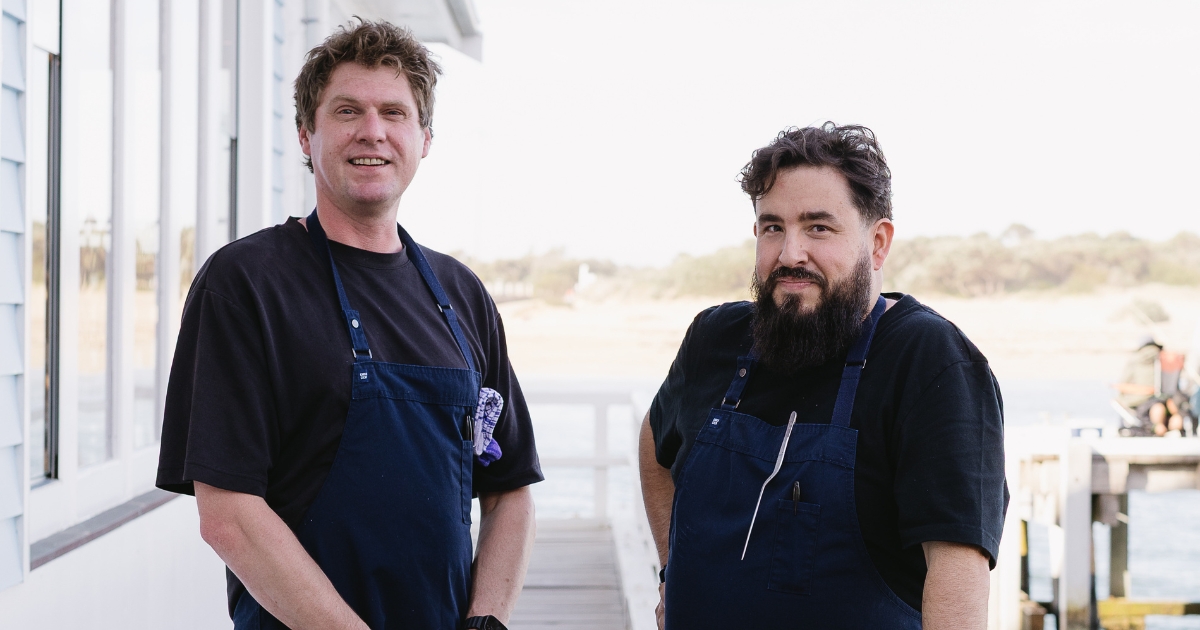More awareness needed about heart valve disease

A new study estimates two in three Australians are unaware of heart value disease. Photo: FACEBOOK/HEARTS4HEART
Heart valve disease (HVD) has been described as the next cardiac epidemic. The condition, in which the heart’s function is impaired by damage to one or more of its valves, is both series and common.
If left untreated, it can lead to heart failure and stroke.
The disease affects more than half a million Australians, and it is estimated more than 250,000 people may be unaware they are currently living with the disease.
The number of individuals living with undiagnosed HVD is only projected to grow, increasing to 336,000 by 2031 and then again to 435,000 by 2051.
Despite its high rate of occurrence, a national survey conducted in November last year uncovered an alarming lack of awareness about HVD, its impacts and its symptoms.
The study, sponsored by non-profit organisation hearts4heart, found that almost two in three Australians have never heard of the disease.
Hearts4heart founder and chief executive Tanya Hall said the complications from HVD can have significant effects on quality of life and result in avoidable deaths.
“If heart valve disease is diagnosed early, it is treatable, and people with the disease can live a full and happy life,” she said.
Common symptoms of HVD include fatigue, shortness of breath, palpitations, dizziness and swelling in the legs.
Yet these symptoms are often dismissed and attributed to old age.
Other individuals may not display symptoms for many years, even if their disease is severe, making diagnosis difficult.
Interventional cardiologist at Alfred Health, Monash University’s Professor Dion Stub said there were too many cases of HVD going undetected, undiagnosed, untreated or treated too late.
“If left untreated, certain patients with aortic value disease [a type of HVD], with symptoms such as shortness of breath or chest pain, can die within two years of diagnosis.”
He said this was a prognosis worse than most cancers.
As a result, hearts4heart, along with other advocacy bodies, politicians and healthcare professionals, are urging community members to understand the signs and symptoms of HVD and speak with their GP about getting their heart checked.
This check, done with a stethoscope to identify a heart murmur, can help to detect HVD, thereby contributing to an earlier diagnosis, reduced risk of complication and enhanced quality of life.
Calwell federal member and co-chair of Parliamentary Friends of Heart and Stroke Foundations Maria Vamvakinou said prioritising heart health was not just a precaution.
“It’s a proactive step in maintaining good quality of life, ensuring that you can continue to enjoy the moments that matter most.”
For more information, head to hearts4heart.org.au

















